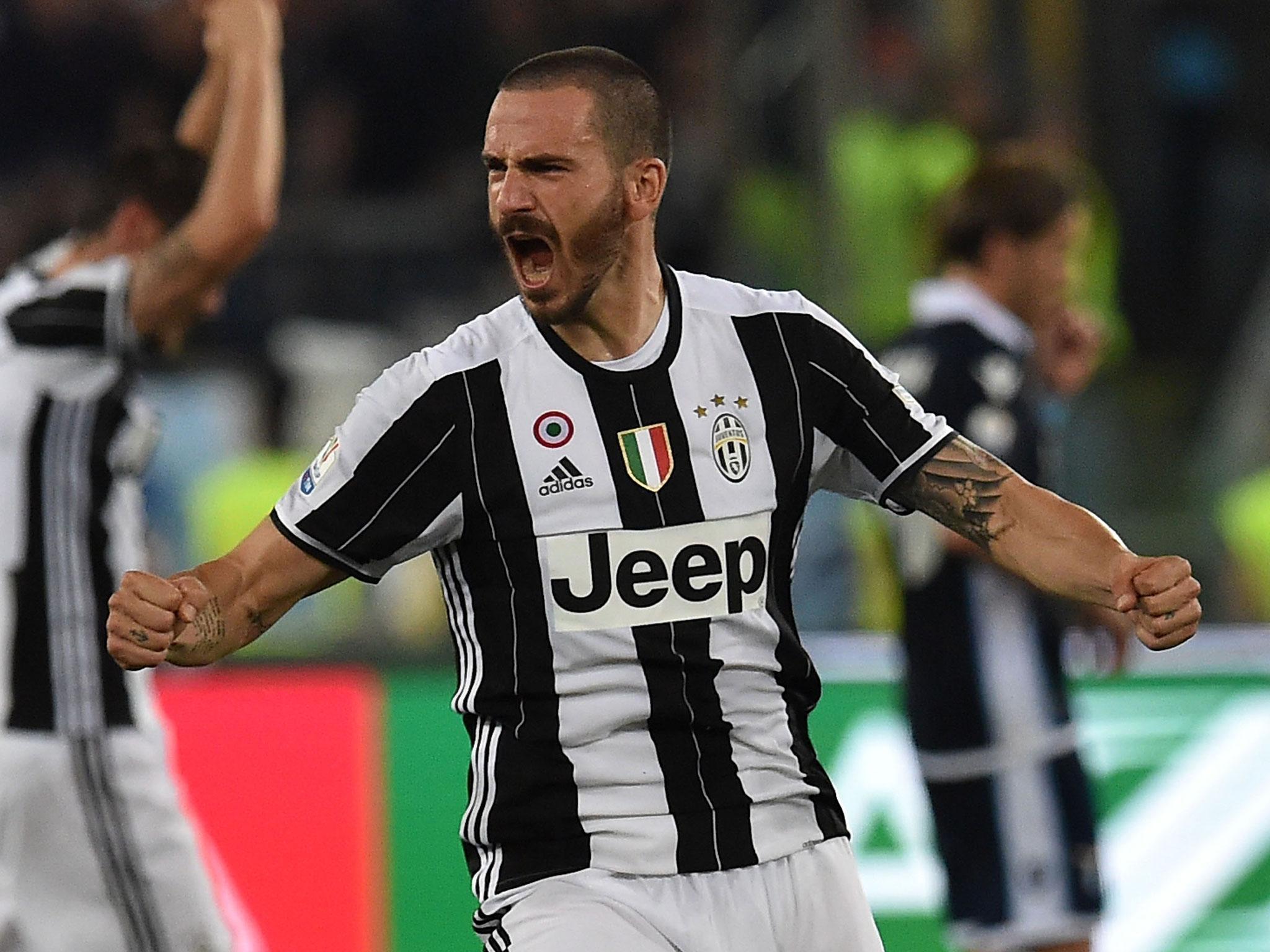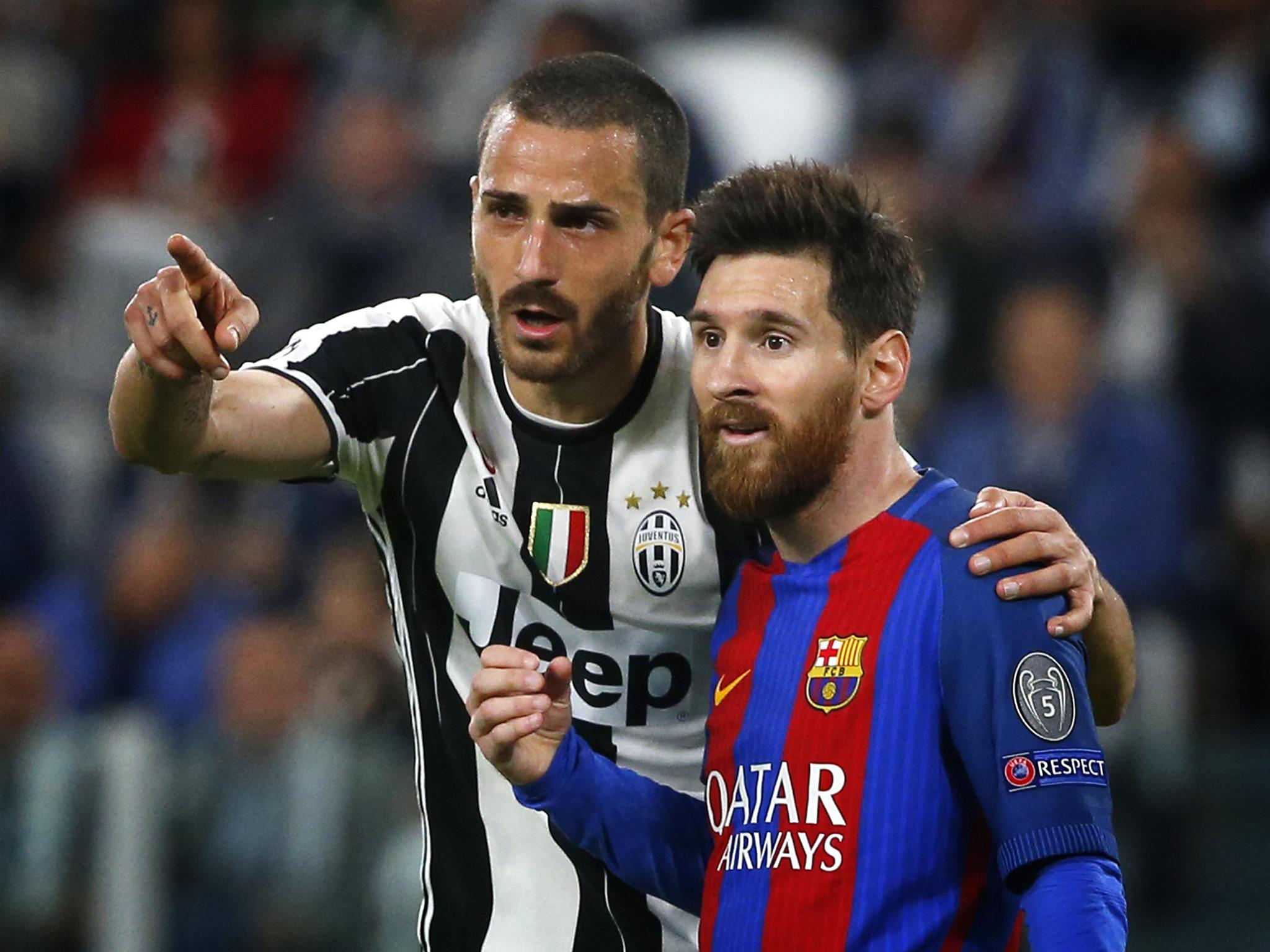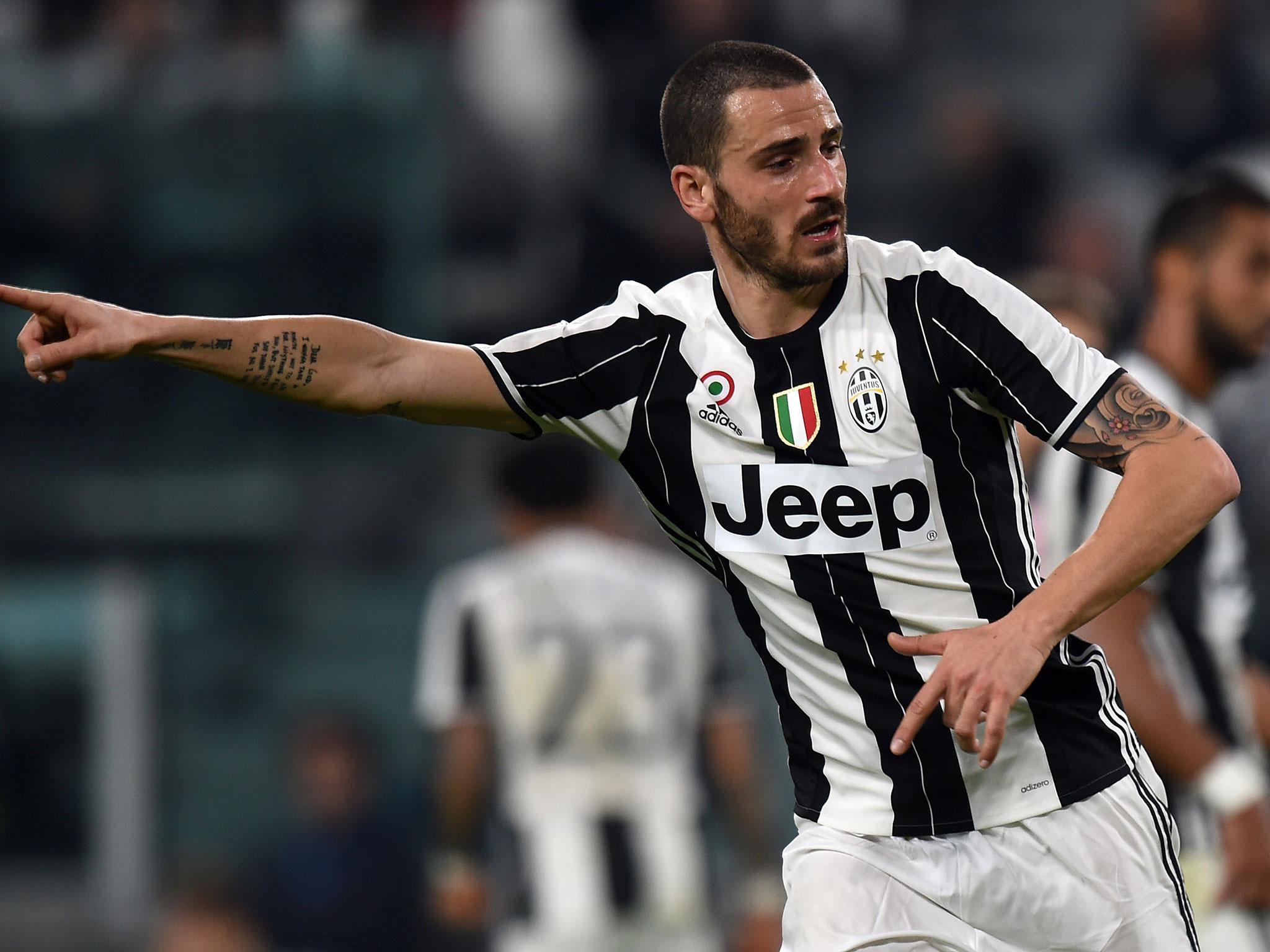The history of the Triple X and how Leonardo Bonucci's move from Juve to Milan sees him join a very exclusive club
Bonucci's £35m move makes him only the 11th player to have played for all of Italy's Big Three, a badge of honour worn by a very exclusive group indeed

In some respects, the most surprising transfer of the summer window in European football shouldn’t come as a surprise at all. Leonardo Bonucci isn’t the first and certainly won’t be the last player to move from Juventus to AC Milan. In fact, his international teammate Mattia de Sciglio is expected to head in the opposite direction next week.
The Old Lady has been making pacts with the Devil since the turn of the 20th century. Enrico Canfari helped found Juventus and, as a friend of Herbert Kilpin, who established AC Milan, played three games for them, including one against the Bianconeri in 1904. Unwittingly, Canfari paved the way for Bonucci and a whole host of other players to make the switch often without the controversy you might expect when crossing the divide between two rivals.
The first high profile example involves the great slick-haired lothario Giuseppe Meazza after whom of course San Siro, one of the wonders of the footballing world, is also named. Occurring during the Second World War, fighting did not break out over Peppìn, in part, because the double World Cup winner was by then in the twilight of his career, and no longer the same player whose goalscoring exploits for Inter and Italy really were the stuff of legend.
Meazza brings us neatly onto a select club known as the Triple X. He was only the second member and Bonucci’s €40m trade to Milan makes him No.11. It started with Luigi Cevenini III in 1927, and the full list itself makes for an excellent pub quiz question. Name the players who have played for each of Italy’s Big Three? It is a badge of honour worn by a very exclusive group indeed. No one did it between Enrico Candiani in 1949 and Aldo Serena in 1985 but six of the XI have achieved the trifecta since 2004.
To people outside of Italy the frequency with which the top clubs sell to each other and the willingness of players to turncoat never ceases to amaze. The long history of it has to an extent desensitised fans to ‘great betrayals’, which isn’t to say the Juventus fanbase are swallowing the Bonucci transfer like a lump of sugar. It has left a bitter taste in the mouth and the decision by the club to sell a talismanic figure like Bonucci, the cornerstone of their defence, to a domestic rival for €40m when Manchester City and Chelsea were offering €60m a year ago is under severe scrutiny.
Let’s not forget that, for all the cynicism and precedent which serves to underline how one really should know better than to expect loyalty, the finest examples of one-club men in the game’s recent history are still to be found in Italy: Totti, Del Piero, Maldini, Zanetti. Supporters do not take transfers such as these lying down. Roma’s most famous group of ultras C.U.C.S were so divided by the signing of the former Lazio libero Lionello Manfredonia in 1987 they dissolved.
Torino ultras marched in protest and managed to stop the signing of ex-Juventus midfielder Enzo Maresca, unable to forgive and forget his raging bull goal celebration in the derby. Samp and Genoa didn’t do any business together for more than 60 years before drawing the conclusion that if Milan and Inter do it so frequently, then what’s the problem. After all, they seem to have made it less unacceptable, and almost though never entirely normal.
Still, It didn’t stop Inter’s ultras buying 30k whistles to blow whenever Ronaldo touched the ball in a Milan shirt upon his return to Italy in 2007. And yet, it must be said, there is a peculiarity to the Derby della Madonnina, which is a fierce but curiously friendly rivalry. Each set of fans, particularly Inter’s reserve their hate for Juventus, and vice-versa. Those two clubs, in particular, will not do business together as we were reminded when Inter’s ultras brought a halt to Fredy Guarin going to Juventus in exchange for Mirko Vucinic in 2014.
Historically, it’s the same between Juventus and Fiorentina with the Baggio riots entering calcio folklore but, make no mistake, the next big move of the summer in Italy will likely be Federico Bernardeschi leaving behind his purple No.10 shirt, and the promise of the captain’s armband in Florence, for the Italian champions.
The way some see it, this is mature and professional. Why limit the options available to you because of a rivalry? At the end of the day it’s a job and, as such, Roberto Mancini has said he'd have no problem taking the Roma bench despite his past with Lazio. His great friend Sinisa Mihajlovic also didn’t allow his playing days with Inter to get in the way of him taking the Milan job. It would be small-minded to do so.

Traditionally playing for one of the Big Three not only meant prestige and the opportunity to compete for trophies but also greater visibility and a better chance of selection for the national team. If you already played for Juventus and didn't have a future in Turin, naturally you would try and get a place with one of the Milan clubs first, before considering moving to the capital or Florence and Bologna.
Each case is different and circumstantial. For example, Paolo Rossi was permitted to leave Juventus for Milan in 1985 because at the time the Rossoneri weren’t considered a threat. It was thought Rossi was finished too. The same was true of Andrea Pirlo in 2011 except, as Milan soon discovered to their horror, he was far from done and inspired Juventus to the Scudetto for the first time since Calciopoli.
Most absurd of all though was the trading between Milan and Inter in the early noughties, which understandably aroused suspicion and ended up with an investigation being opened into financial doping. Milan, you may recall, famously obtained Pirlo, Clarence Seedorf, Dario Simic, Thomas Helveg and Cristian Brocchi, all of whom incidentally would go onto win the Champions League in their colours, in exchange for Andres Guglielminpietro, Drazen Brncic, Cyril Domoraud and Francesco Coco. It remains an embarrassing page in Inter's history.
The context today is very different. A clash with Juventus coach Massimilano Allegri in February and a bust-up with his teammates at half-time of the Champions League final are believed to be what's behind Bonucci’s exit. It’s a Juventus policy to never keep players against their will and the fee would indicate they were backed into a corner as, rather than move to Spain or England, Bonucci would only accept to stay in Italy and, more specifically, a move to Milan.

Six years after Pirlo became a Triple X, the club has itself another high profile member to go with Baggio, Edgar Davids, Patrick Vieira and Zlatan. It sounds like a dinner party. Leave it to Pirlo to bring the wine.
Join our commenting forum
Join thought-provoking conversations, follow other Independent readers and see their replies
Comments